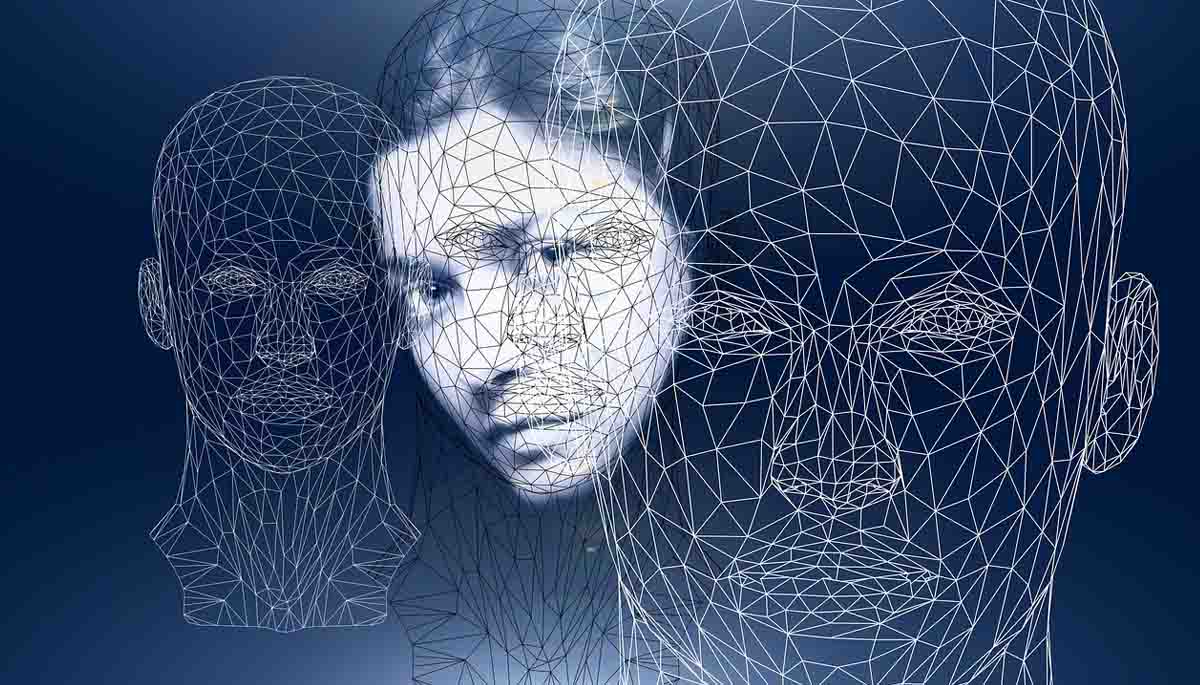Trauma is an unfortunate reality of life. It can impact anyone at any point in life, leaving emotional and mental scars that can hamper the way of life. Many therapies exist for dealing with trauma in a healthy way, including Somatic Experiencing (SE) therapy.
Trauma and, more specifically, post-traumatic stress disorder (PTSD) can have varying symptoms. While many people focus on psychological symptoms like stress, anxiety, or sadness, trauma also brings with it some physiological symptoms. SE therapy mainly focuses on the latter as a way to treat trauma.
What is Somatic Experiencing Therapy?
Somatic Experiencing therapy or SE is a type of therapy that approaches the physiological symptoms of trauma. The concept behind this therapy is that trauma can also impact the nervous system of the body, which has become a barrier in the healing process.
Dr. Peter Levine developed the SE therapy, which helps trauma victims identify, realize, and eventually control the bodily sensations to fully process the traumatic experience and start recovery.
Using mind-body exercises, this therapy mostly focuses on awareness. SE is not like conventional talk therapy, and it doesn’t even focus on traumatic memories as such.
It’s all about making the mind and body connection to help the person understand how and why their body reacts the way it does and how it’s holding them back from working on their mental problems related to trauma.
You’ve already heard of the fight or flight response that humans naturally have. However, SE is based on the idea of a third response: the freeze response. Our autonomous nervous system (ANS) has a fight, flight, or freeze response when faced with negative events. This freeze response can block the ability to fully process trauma.
The basis of SE is that the body needs to fully process the trauma before the mind can.
The physical symptoms of trauma that SE therapy helps recognize and alleviate include:
- Chronic pain
- Muscle tension
- Digestive issues
- Respiratory issues
- Sleep disturbance
How Does Somatic Experiencing Therapy Work?
As Somatic Experiencing therapy is mainly focused on uncovering the bodily sensations or physical responses of trauma, this therapy is markedly different from, say, cognitive behavior therapy.
Key Concepts
Learning
Part of the therapy, especially in the beginning, is learning about the ANS. The therapist walks the client through what SE therapy is about, how it works, and most importantly, what is AND and what role it plays for trauma.
Think of it as an introduction to the therapy, which will be covered in the first session.
Resourcing
Resourcing is a tool often used during SE therapy. This involves positive memories from anything that the person loves. It could be a place they visited, a person they know, or an experience they cherish in their memory.
This tool helps in relaxing and calming down the person when encountering the physical sensations of trauma during therapy. It may also be used when talking about trauma, which is very little in this therapy, to begin with.
Titration
Titration is the process of revisiting the traumatic event causing the PTSD or Complex PTSD symptoms and the physical sensation (physiological symptoms) that come with that. This is a slow process and covers the better part of the therapy.
The therapist will work with the individual slowly, noticing their movements and physical reactions as they discuss the trauma. Also, the therapist might ask about bodily responses that are happening on the inside, such as increased heart rate, numbness, or hot/cold sensations.
Pendulation
SE therapy follows that physical responses to revisiting traumatic memories are a release of the negative energy associated with the events. This is called pendulation.
This is the part of the therapy where relaxing exercises and techniques help to calm and relax the trauma victim. These activities help transition those sensations into a more normal state. People can use these exercises in their everyday lives when those physical sensations reappear as a result of a trigger.
Can Somatic Experience Therapy Work Online?
Now, let’s talk about Somatic Experience therapy online, how it works and whether it works? With the rise of online therapy, in general, specialized therapies like SE are also available online.
The process is pretty much the same, with a few exceptions. For instance, SE therapy sometimes involves physical touch. However, even though this therapy has touching the client in its schema, most therapists avoid it for ethical reasons.
That’s not to say that those who do use it are not professional, as SE therapy courses involve extensive training on this part to ensure that the physical touching is not uncomfortable or unethical. Also, the consent of the client is essential.
Obviously, this part of the therapy is simply not possible in online sessions. However, it doesn’t impact the effectiveness of the therapy as such.
As for the overall effectiveness of SE therapy for trauma treatment, there’s not much research out there as there is for other therapies like EMDR. However, a 2015 study from Psychotherapy and Counselling Journal of Australia showed promise in SE, indicating its effectiveness with minimal or no side effects.
If there’s potential in this therapy working in a traditional therapy in an office, there’s little doubt that it won’t work in an online setting.
In fact, doing this therapy in the comfort of home may make some clients more at ease, especially during revisiting traumatic events. Similarly, therapists also have the opportunity to observe how their physical sensations and movements are in a familiar space like their home. They spend most of the time there and likely experience most of the symptoms when left alone in their thoughts.
How to Get Somatic Experiencing Therapy Online?
Many therapists, including those with SE training and certification, are providing online therapy services. Many of these therapists work independently. You’ll schedule sessions as per their and your availability, and they will set the course of sessions after consultation.
You can search for a therapist online. Somatic Experiencing International, which is an international organization that provides training on SE, lists certified SE therapists. You can use their directory to search for an SE therapist near you.
Another great option is joining an online therapy platform. BetterHelp.com is an overall leader when it comes to this option, with the most diverse selection of therapists. You can easily find an SE specialist on BetterHelp. Everything is done through the platform, which is also available in the form of an app.
If you’re looking to try different therapies or combine talk therapy, the therapists there might help with that as well.
It’s vital that you match with your therapist and be comfortable with them. This may take a few sessions.
Bottomline
Looking at the key concepts, protocols, and goals of Somatic Experiencing therapy, it’s evident that it can work just as well when performed online. At its core, it’s about communication mainly along with some exercises that the therapist will communicate to you verbally.
There’s no scientific proof of its effectiveness online or even in the traditional way, as there’s a lack of research for this particular therapy. However, for any trauma victim, it’s worth a shot, especially online as you don’t even have to leave your bedroom.





